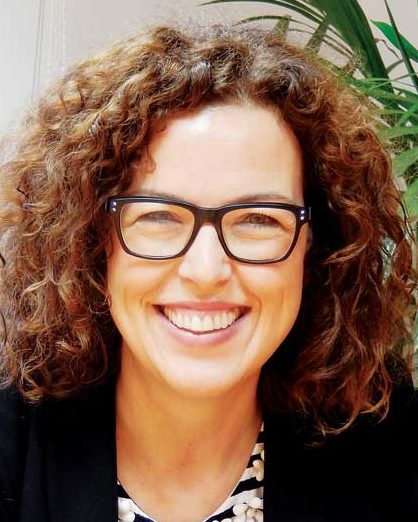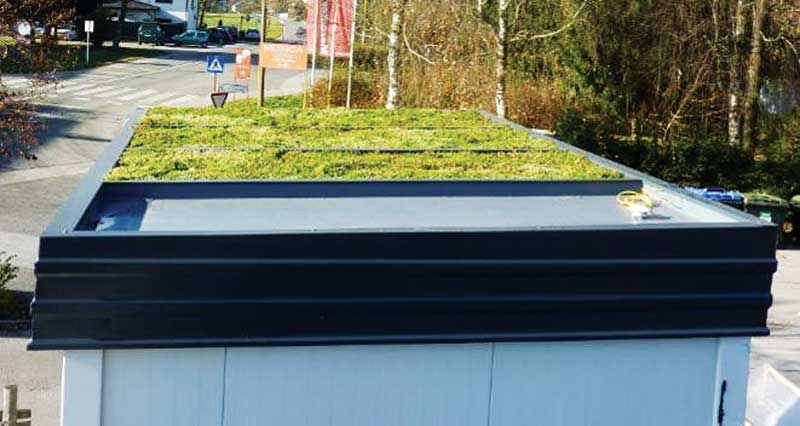Advancements in efficient stormwater management in vegetated roofing
Conclusion
Technological developments in needled or binderless mineral wool over the last decade have focused on increasing water retention and maintaining long-term performance. Needled mineral wool’s characteristics better support root growth and overall plant health in various climatic zones, from hot and arid to frigid and wet, whether used in indoor applications such as urban farming or outdoor applications such as landscaping or vegetated roofing. Having been used in Europe for the past decade—with the largest projects being in Scandinavia, the Baltic States, and Germany—needled mineral wool has recently become available in North America, providing Canadian designers and engineers a viable solution to landscaping in arid areas and increasing the stormwater management capacity on rooftops where this would otherwise be impossible.
 Darja Majkovič is the head of products and applications in green solutions at Knauf Insulation. For nearly a decade, Majkovič was a researcher at the University of Maribor, focusing on agricultural economics and econometrics. Her work includes collaboration on numerous national and international research and development projects. Majkovič was a visiting researcher at the French National Institute for Agricultural Research (INRA) and a university lecturer, and has written more than 160 articles. She can be reached via e-mail at darja.majkovic@knaufinsulation.com.
Darja Majkovič is the head of products and applications in green solutions at Knauf Insulation. For nearly a decade, Majkovič was a researcher at the University of Maribor, focusing on agricultural economics and econometrics. Her work includes collaboration on numerous national and international research and development projects. Majkovič was a visiting researcher at the French National Institute for Agricultural Research (INRA) and a university lecturer, and has written more than 160 articles. She can be reached via e-mail at darja.majkovic@knaufinsulation.com.
 Jure Šumi is the business development director at Knauf Insulation, leading several teams. These include “Urban Green Infrastructure,” which focuses on developing lightweight green roof systems for stormwater management, “Landscaping and Gardening,” which focuses on developing substrates and systems for water conservation in arid climates, and “Horticulture,” which focuses on developing environmentally responsible hydroponic alternatives. Šumi has more than 20 years of experience in business and market development for multinational companies in a variety of sectors. He can be reached via e-mail at jure.sumi@knaufinsulation.com.
Jure Šumi is the business development director at Knauf Insulation, leading several teams. These include “Urban Green Infrastructure,” which focuses on developing lightweight green roof systems for stormwater management, “Landscaping and Gardening,” which focuses on developing substrates and systems for water conservation in arid climates, and “Horticulture,” which focuses on developing environmentally responsible hydroponic alternatives. Šumi has more than 20 years of experience in business and market development for multinational companies in a variety of sectors. He can be reached via e-mail at jure.sumi@knaufinsulation.com.
 Cristina Senjug serves as the communications manager at Next Level Stormwater Management. In addition to researching and writing articles, she organizes green roof tours and technical and educational seminars for designers, engineers, and installers. Senjug can be reached via e-mail at cristina@nlsm.ca.
Cristina Senjug serves as the communications manager at Next Level Stormwater Management. In addition to researching and writing articles, she organizes green roof tours and technical and educational seminars for designers, engineers, and installers. Senjug can be reached via e-mail at cristina@nlsm.ca.



